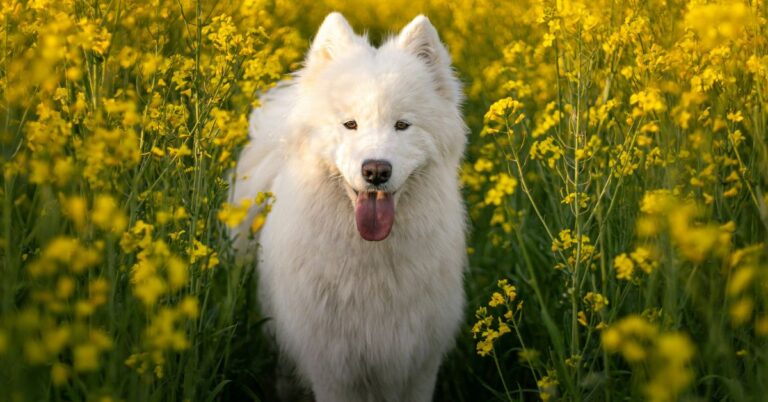How Overbreeding Has Harmed These 10 Popular Dog Breeds
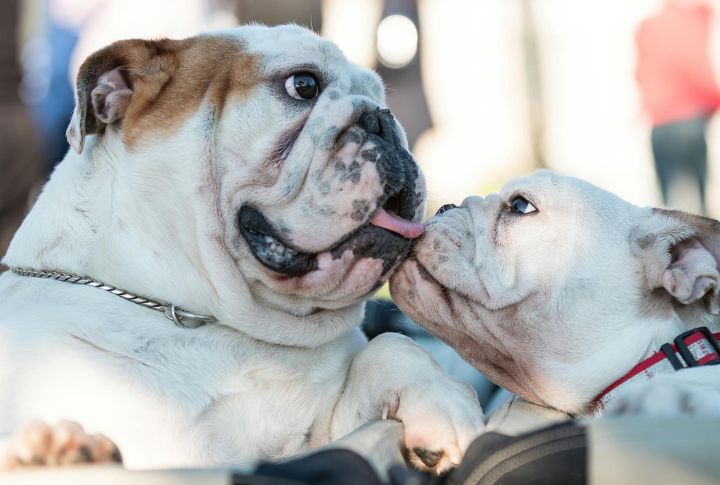
A wagging tail and a friendly face should mean a happy, healthy dog. But that’s not always the case. Generations of selective breeding have left some of the world’s favorite breeds struggling with serious health issues. It’s a hidden reality worth uncovering, and the truth may surprise you.
Bulldog
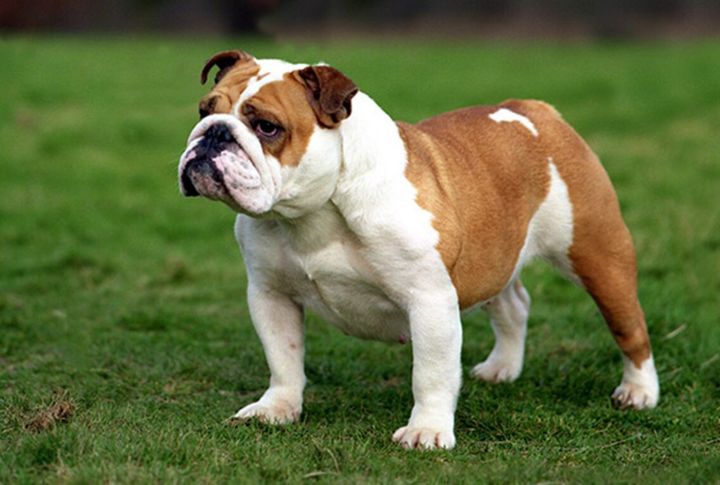
Centuries ago, bulldogs were built for endurance. Now, selective breeding has altered their compact bodies and flattened faces, leading to a breed that can barely breathe. Brachycephalic airway syndrome restricts airflow, which makes exercise a struggle and heat a real danger.
German Shepherd
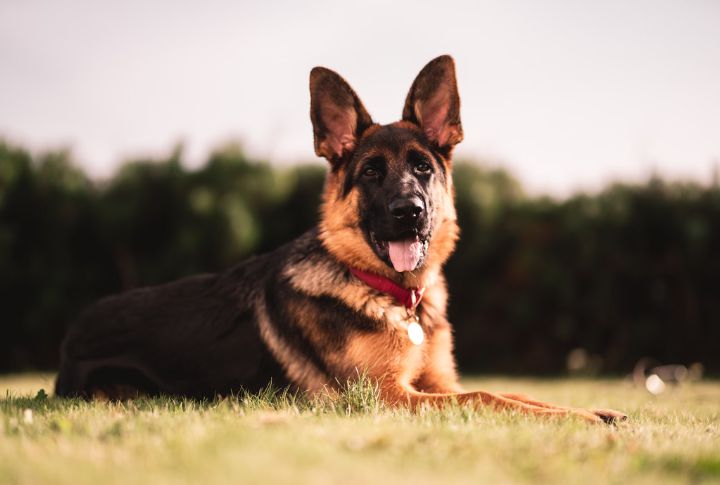
German Shepherds were once prized for their strength and intelligence, but overbreeding has compromised their health. Exaggerated hind-leg angulation has led to widespread hip and elbow dysplasia, while many develop degenerative myelopathy, a progressive disease that causes paralysis in the back legs, severely affecting their mobility and quality of life.
Pug
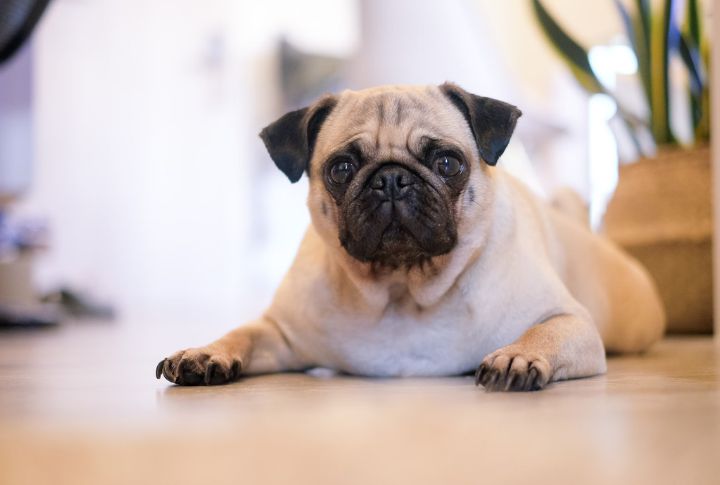
A pug’s signature squashed face may look cute, but it comes with a price. Their tiny nostrils, elongated soft palates, and compressed airways make breathing a lifelong battle. Exercise intolerance is common, and even excitement can trigger severe respiratory distress. Many suffer from “reverse sneezing,” a choking-like fit caused by airway obstructions.
Dachshund
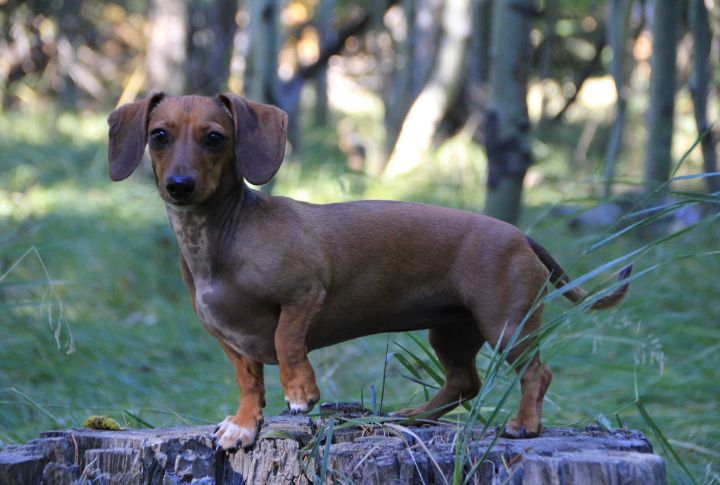
The dachshund’s long, low body was originally bred for hunting badgers, but today, their exaggerated proportions make them prone to devastating spinal issues. Intervertebral Disc Disease (IVDD) affects nearly 25% of dachshunds, leading to painful herniated discs and, in severe cases, paralysis. Even jumping off a couch can be risky.
Cavalier King Charles Spaniel
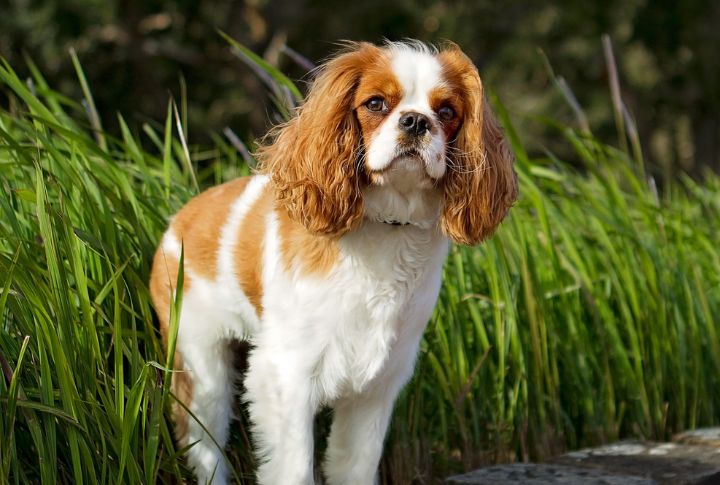
Beneath their regal appearance lies a heartbreaking reality. Over 50% of Cavalier King Charles Spaniels suffer from mitral valve disease, a condition that leads to heart failure. Even worse, many develop syringomyelia, a neurological disorder caused by skull malformation. This condition results in severe head and neck pain, often leading to relentless scratching and even self-harm.
Shar-Pei
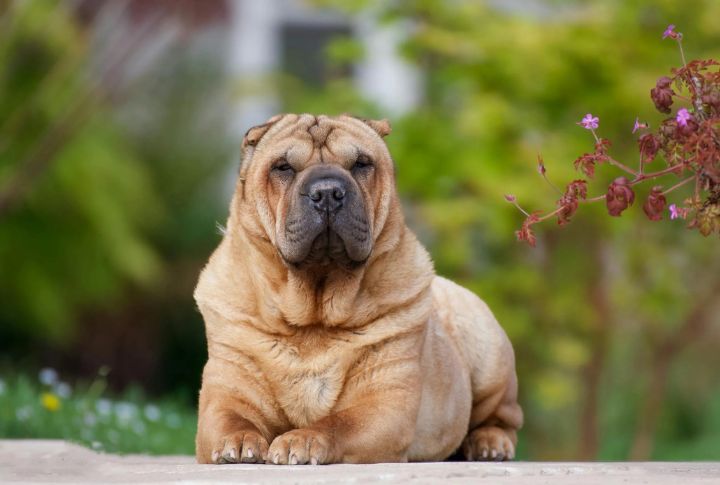
Those adorable wrinkles come at a painful cost. Originally bred as tough farm and guard dogs, modern Shar-Peis now suffer from a genetic disorder called Shar-Pei Fever, which causes painful swelling and high fevers. Their excessive skin folds trap moisture, leading to chronic infections, inflammation, and painful sores.
Great Dane
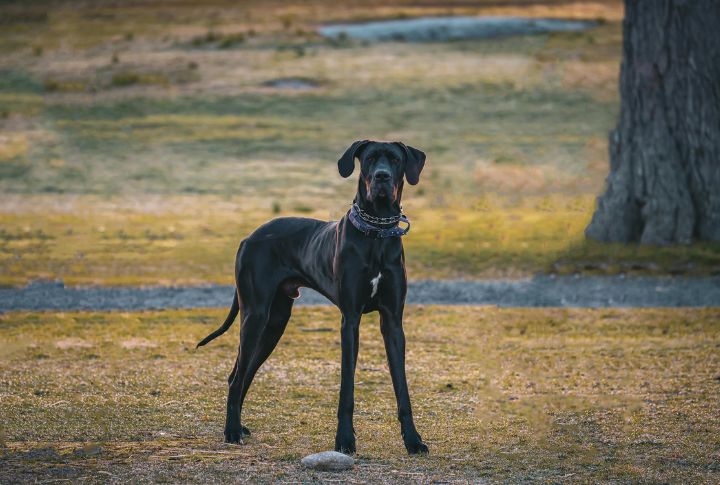
A Great Dane’s sheer size is both its most impressive trait and its greatest curse. Their enormous frames put immense strain on their hearts, which makes dilated cardiomyopathy a leading cause of death. Many only live between 6 to 8 years, a tragically short lifespan for such a gentle breed.
English Bulldog
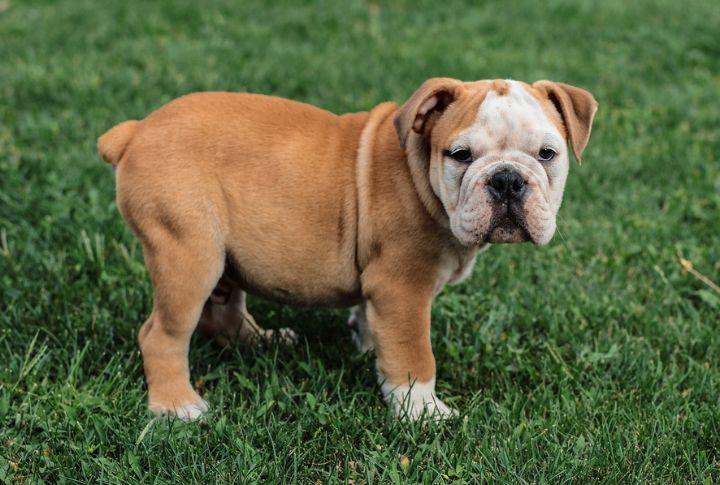
The English Bulldog faces numerous health challenges, from breathing difficulties caused by a flat face to extreme heat intolerance that makes outdoor activity dangerous. With large heads complicating natural birth, 86% are delivered via C-section, and many require surgery just to improve airflow.
French Bulldog
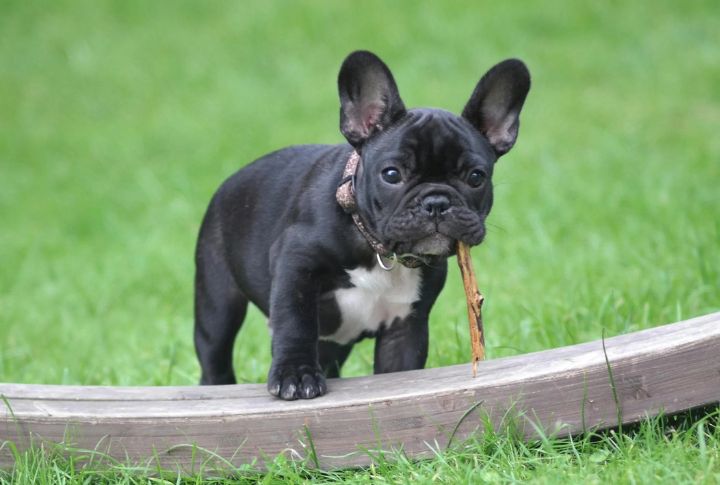
In French Bulldogs, a brachycephalic skull shape makes breathing difficult, and their shortened spines lead to chronic pain and herniated discs. Like their English cousins, they often struggle with heat intolerance, requiring air-conditioned environments to prevent overheating. Natural reproduction is rare, with most litters requiring artificial insemination and surgical delivery.
Bernese Mountain Dog
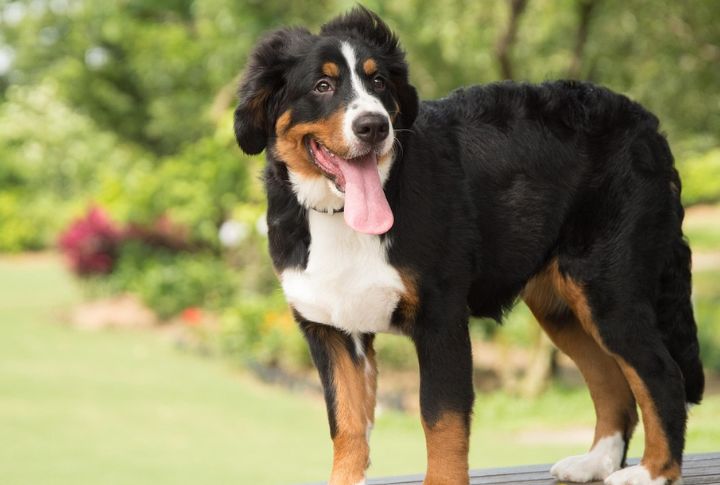
Once a strong and resilient working breed, the Bernese Mountain Dog now suffers from serious health issues due to overbreeding. Alarmingly high cancer rates affect nearly half of these dogs, while hip and elbow dysplasia leads to painful mobility struggles, drastically shortening their lifespan.
